With summer in full swing, there’s not a better time to talk about core training. But this isn’t just your typical core-training article. This is an evidence-based, no-nonsense article that will help you learn how to truly train your core. No crunches or sit-ups, just functionality. Let’s learn how to tighten your center with these core exercises!
Believe it or not, the core is not just about getting six-pack abs. In fact, the core’s function is to stiffen the torso and prevent motion. Many people believe that power and stability come from the core. So what exactly does the core consist of?
Well, according to Dr. Stuart Mcgill (a leading researcher in core training), it consists of the quadratus lumborum, the lumbar spine, the muscles of the abdominal wall, and the back extensors. It is also important to appreciate that the latissimus dorsi and psoas are two muscles that pass through the core; therefore, they play an integral role. Finally, because of the anatomic connections to the pelvis, the glute muscles may be considered as fundamental to the core. Effective core exercises should engage all of these muscles.
Looking for an easy way to get started working out?
Grab our FREE Beginners Workout Guide - 3 Weeks To Tighter Abs, Sculpted Arms, And Toned Legs, by clicking here!
[tweet_quote]Your core isn’t just your abs — it includes glute and pelvic muscles, too.[/tweet_quote]
What is important to understand is that the function of the core is to help transfer energy between the upper and lower body. The days of doing thousands of crunches are gone, and research has shown that excessive spinal flexion can be quite harmful for the spinal discs. Instead, we should be performing core exercises to train your center as it was intended to function, which is to help prevent motion. However, many core exercises and programs do the contrary.
The Problems with Core Training
One of the most common problems I see with core training is the excessive amount of spinal flexion. In other words, situps and crunches dominate most programs. While you may feel like you’re working your core, it’s actually an inefficient way to train. The other common problem I see is not enough core work. The popular belief is that performing major, compound exercises (such as the squat and deadlift) are sufficient for training your core, but they probably aren’t. Furthermore, most need to train their core more to properly perform those exercises!
Many of the potentially harmful exercises I see are crunches that involve twisting; the core’s function is not to initiate motion, but to provide stiffness. Rather than training the core in flexion and rotation, we want to train the core in three different ways: Anti-Extension, Anti-Rotation, and Anti-Lateral Flexion. [tweet_quote] Crunches — especially the twisting kind — can promote stiffness and be harmful to your fitness regimen overall.[/tweet_quote]
First, the purpose of anti-extension exercises is to resist extension of the spine. A common mistake when someone has weakness of the core is to default into an extended lower back, which can place additional stress on that area. Thus, anti-extension core exercises are crucial to proper core stability.
Next, the purpose of anti-rotation is to resist rotation at the spine. Your hips should be your primary drivers of rotation. However, common trends in the fitness world have exercises that rotate at the spine. The core is designed to resist motion, not initiate it!
Lastly, the purpose of anti-lateral flexion exercises is to resist side-bending of the spine. These exercises ensure that our core stabilizes our trunk in a nice, straight position—instead of leaning towards one side with our upper bodies, which unilaterally creates undue stress.
Exercises
Anti-Extension
- Dead Bug
- Stir the Pot
- Bird Dog
Anti-Rotation
- Pallof Press
Anti-Lateral Flexion
- Side Plank
Dead Bug
Lie on the floor. Pick your feet up, and bend your knees to approximately 90°. Extend your arms, so your hands are above your head. Brace your core, forcefully exhale, and contract the muscles around your trunk (including lats). Slowly drop one leg towards the floor, return the leg to the starting position, and repeat with the opposite leg. Reset between each rep. The key is to maintain tension the entire time. You should only feel the front of your core. Repeat 5-10 reps per side.
Stir the Pot
Get on your hands and knees with your forearms on the ball. Get into a plank position with your legs straight, and flatten your back by bracing your core. Next, begin to rotate your arms—like you are stirring a pot in a clockwise position. Be sure not to let your torso move, or your lower back extend/arch. When you get back to the starting position, repeat in the counterclockwise position.
Bird Dog
Get on all fours. Brace your core, so that your back is in a flat position. From here, begin to lift your arm off the floor—without rotating or extending your torso. Once you are able to achieve this, repeat with both your arm and opposite leg—continuing to brace the core.
Pallof Press
Grab onto a light cable or resistance band, stand in an athletic position, brace your core, and fully extend your arm. Do not allow your upper body to dominate the movement, rather than your core muscles. If you are feeling your arms more than your core muscles, decrease the tension.
Side Plank
To start, choose a side to start with, and place your arm directly under your shoulder. With your feet together, lift your side off the floor and brace your core.
Training the core is not what it used to be. Each year, thousands of people will injure their back. Many of these people could prevent that with proper education about core training. Now that you know the right way to train the core, get after it!
Watch the Video Below!
(Your Next Workout: 41 Butt Exercises to Tone, Lift, and Strengthen)


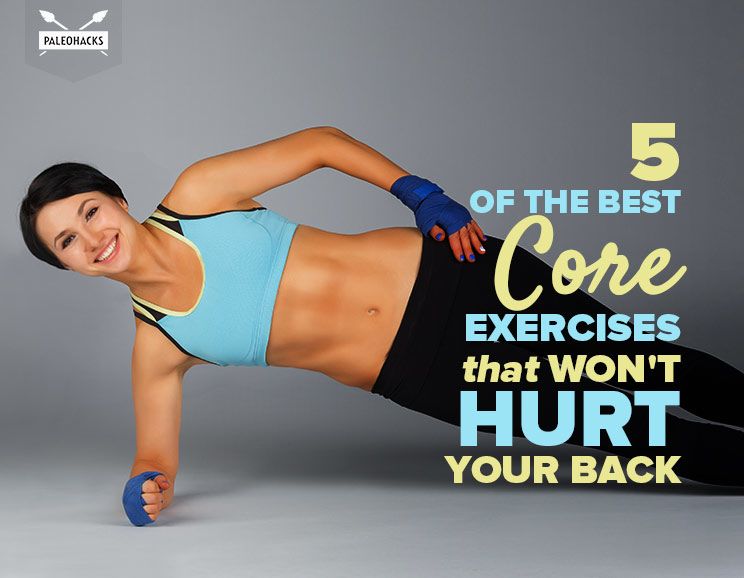

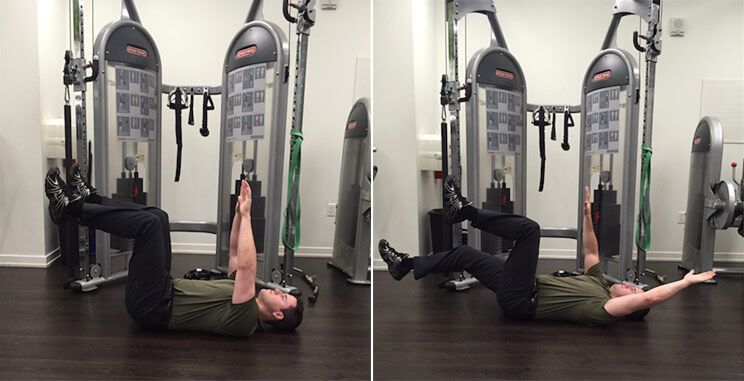
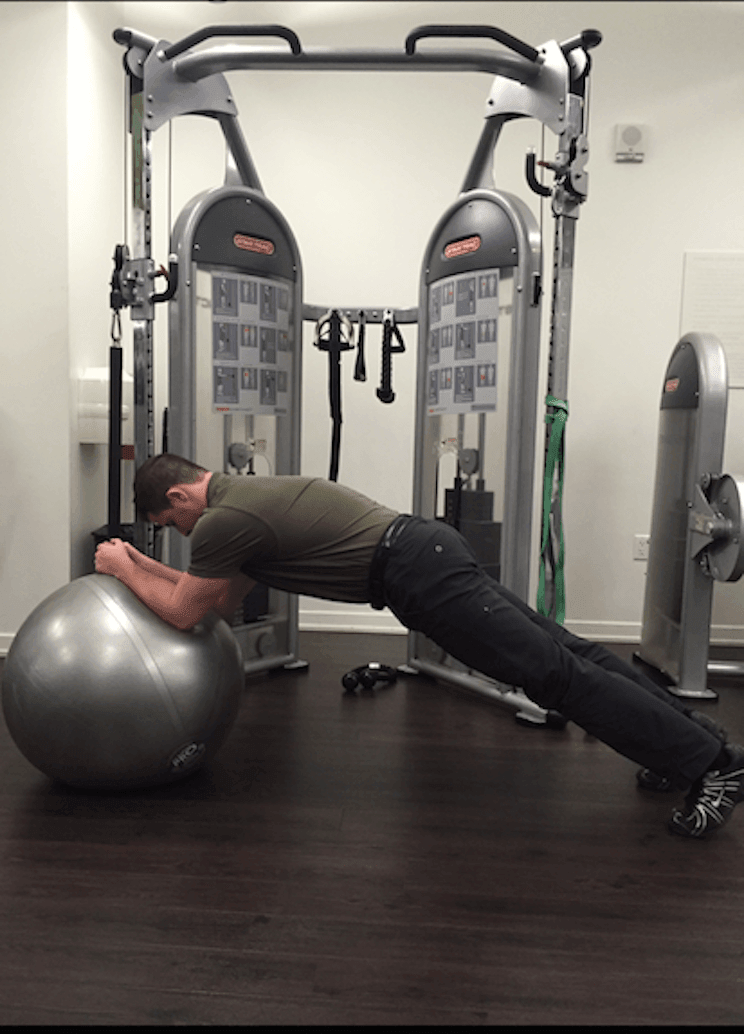
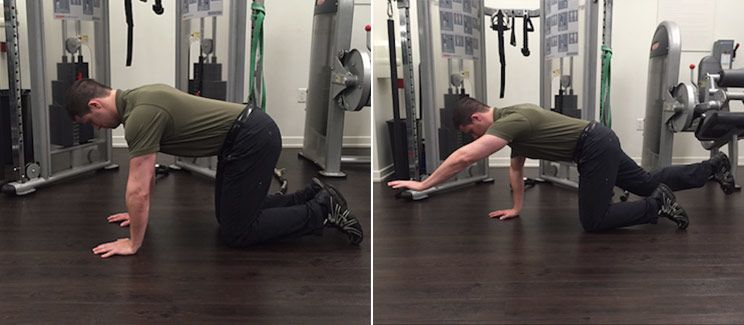
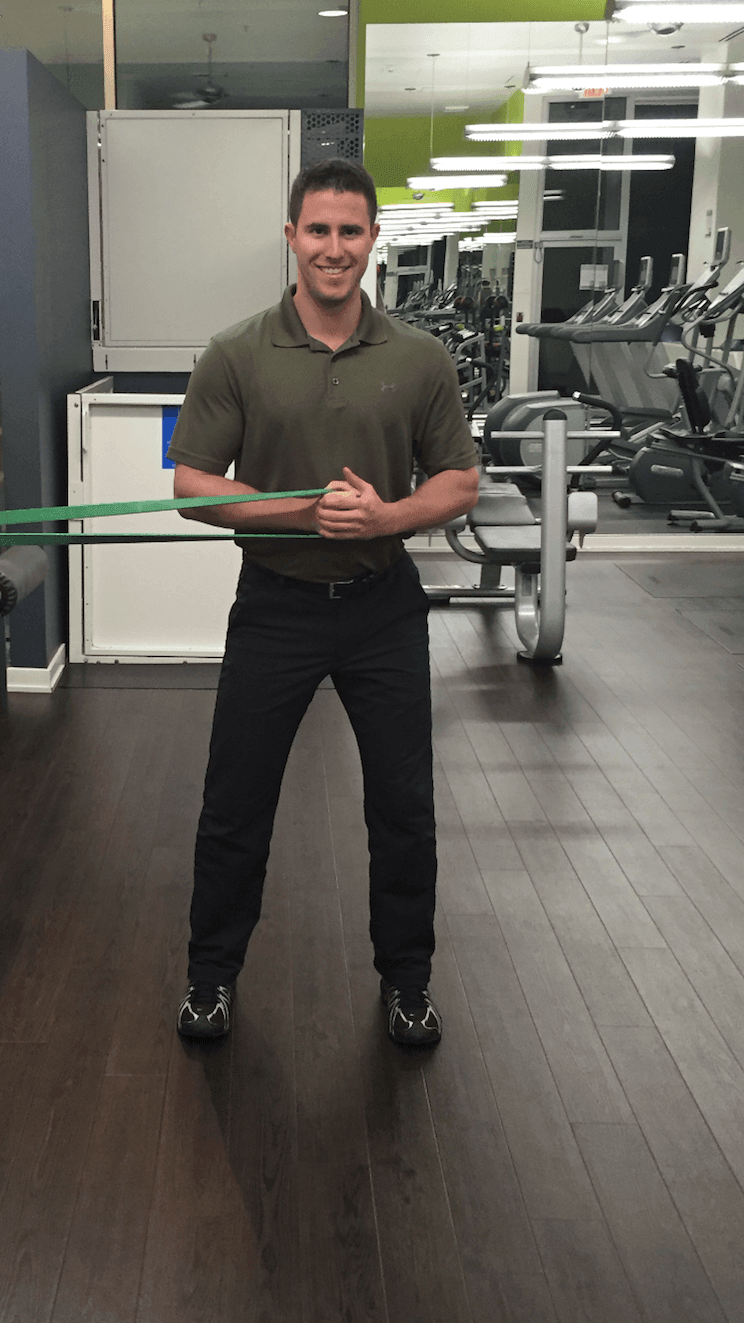
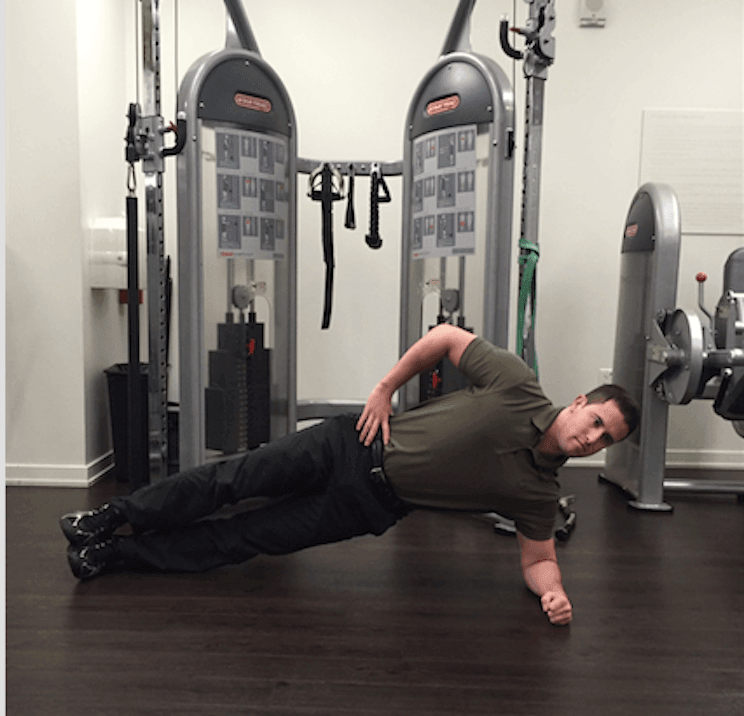

 How to Lose Weight By Balancing Your Blood Sugar (5 Easy Ways)
How to Lose Weight By Balancing Your Blood Sugar (5 Easy Ways)
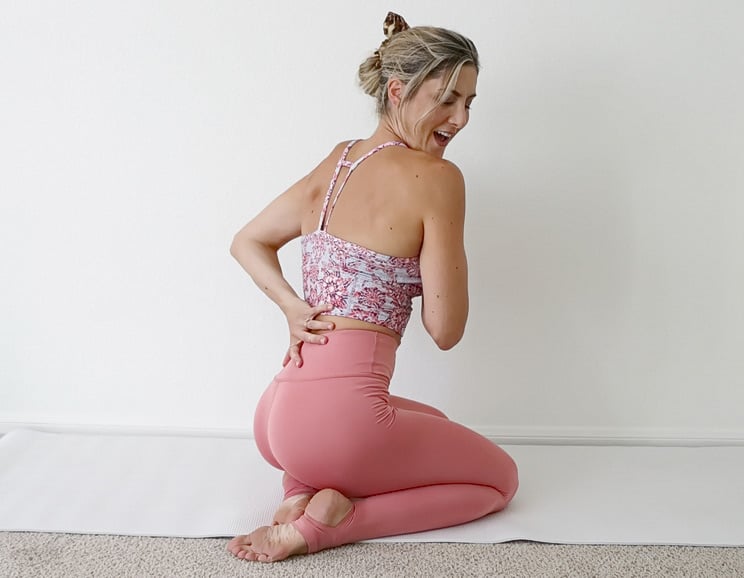
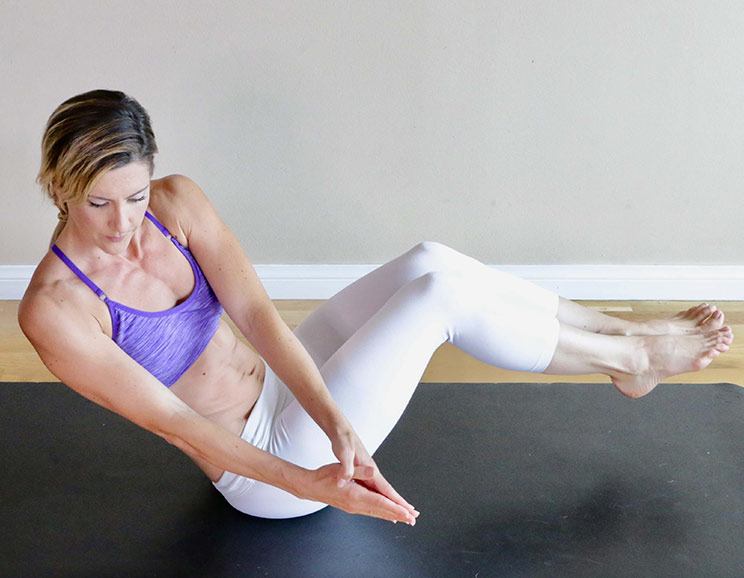
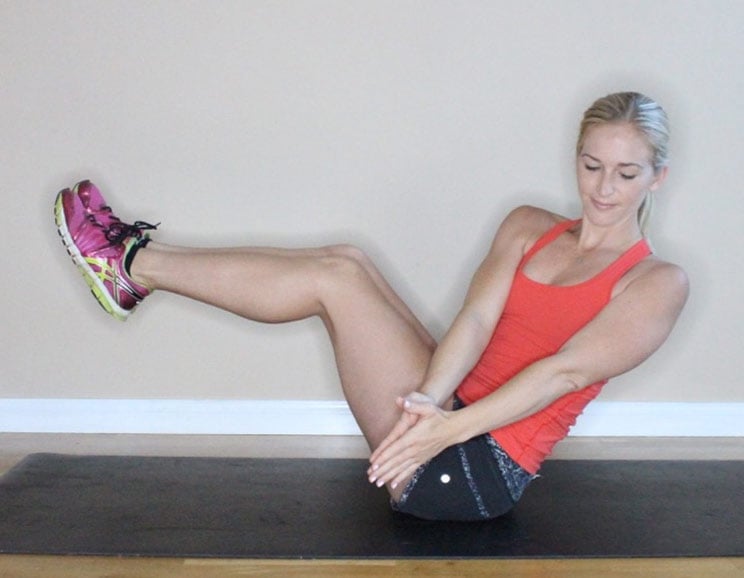
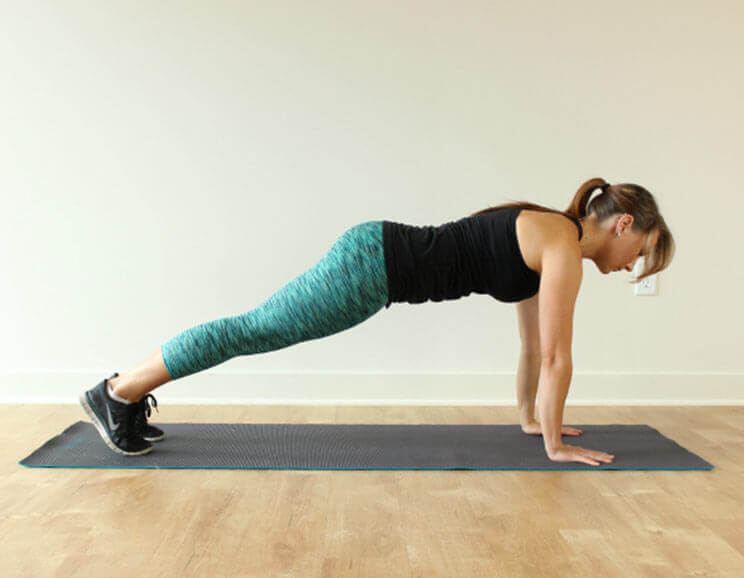
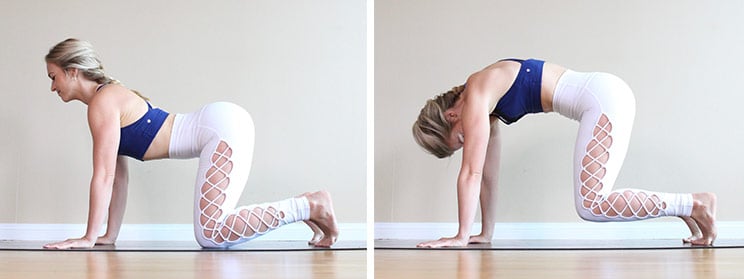

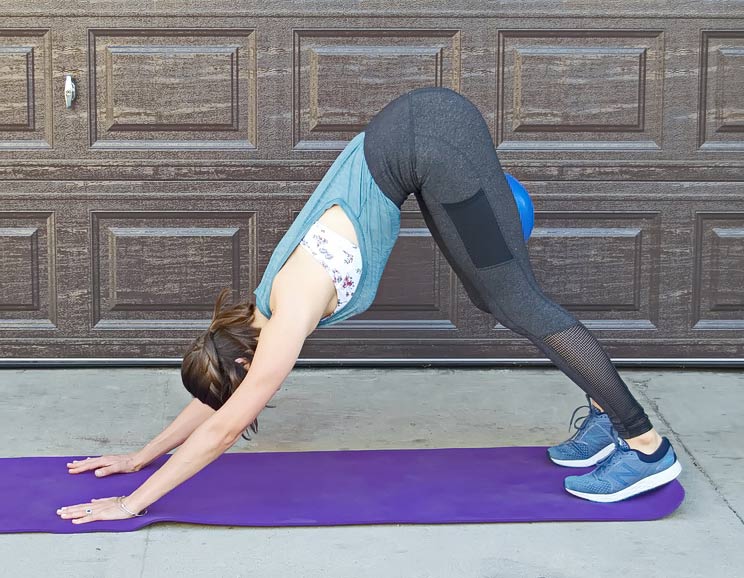
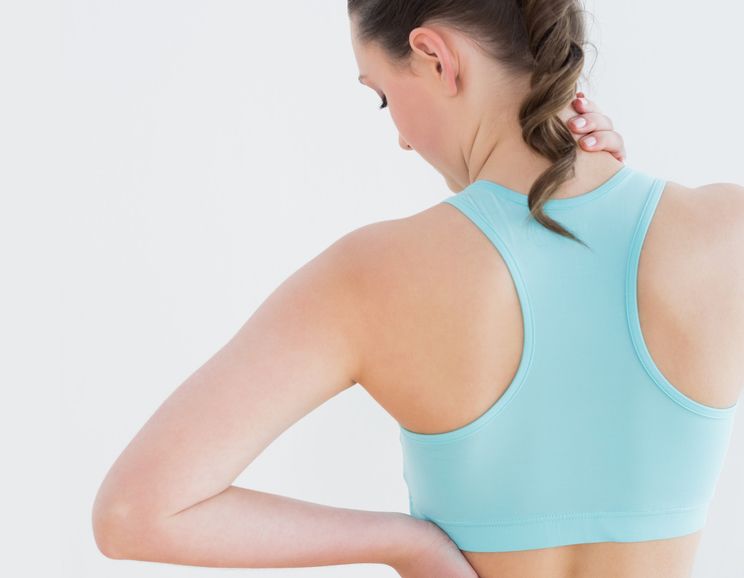

Show Comments